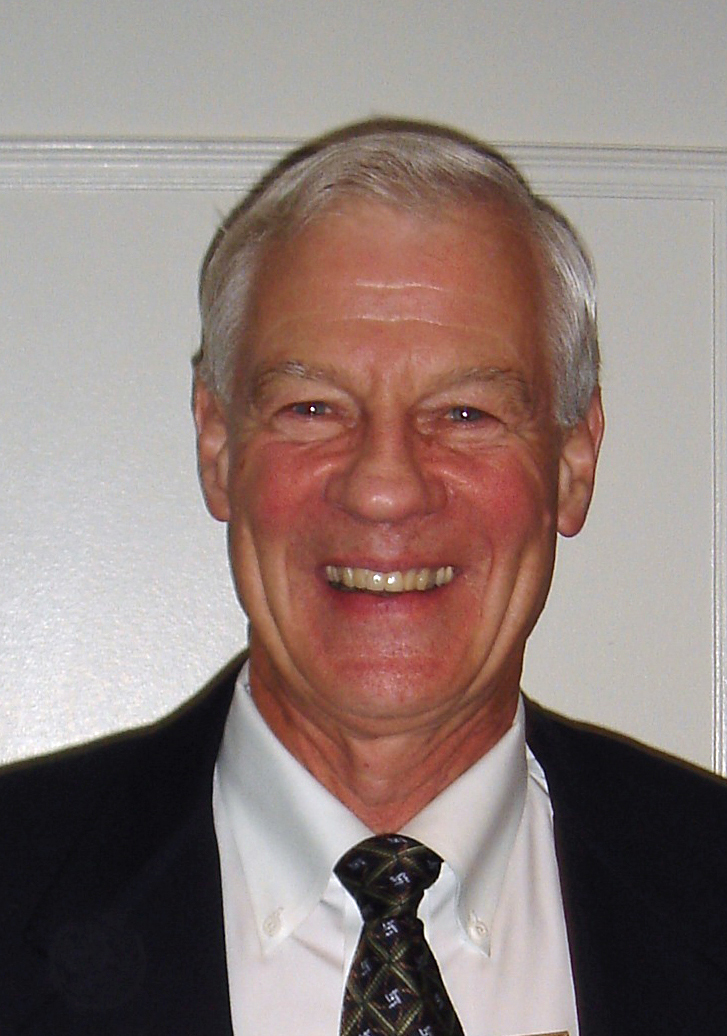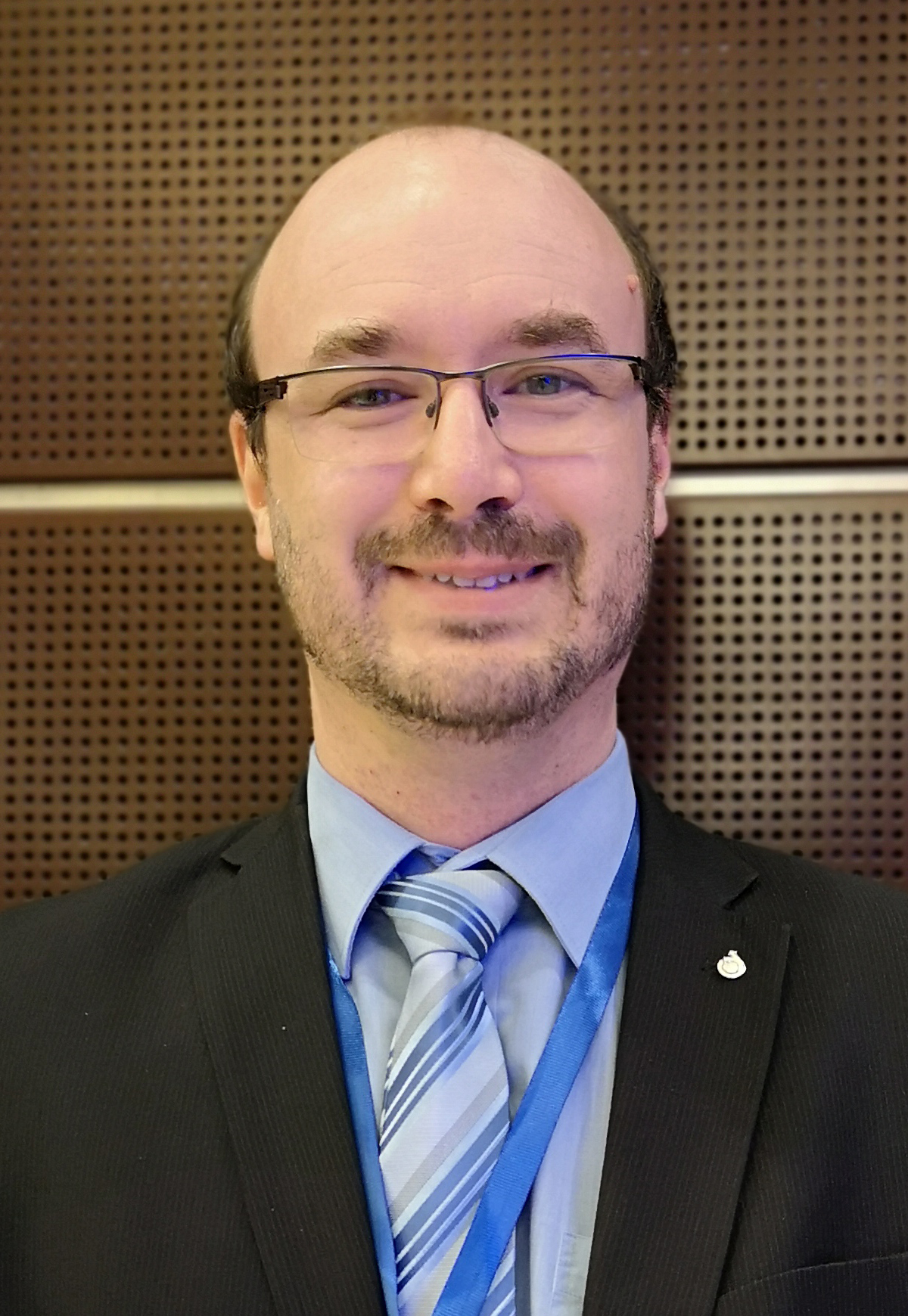
Events

Events
Title:New Strategies for Laser Diagnostics and Shock Tube Imaging/Flame Topology and Combustion Instability Limits of Lean Premixed Hydrogen Enriched Flames
Time:9:00, Aug.5, 2019
Place:F210, School of Mechanical Engineering
Host:QI Fei, Professor (Institute of Internal Combustion Engine)
Speaker:Prof. R. K. Hanson (Stanford University, USA)
Biography:
Professor Hanson received his doctoral degree in aeronautical engineering from Stanford University where he currently holds the Woodard Chair in Mechanical Engineering. He has been an international leader in the development of laser-based diagnostic methods for combustion and propulsion, and in the development of shock tube methods for accurate determination of chemical reaction rate parameters, and he has made several pioneering contributions that have advanced the pace of propulsion research and development worldwide. He is a Fellow of AIAA, ASME and OSA, a member of the National Academy of Engineering, and a recipient of gold and silver medal awards from the Combustion Institute, and three gold medal awards from the AIAA. He has published over one thousand papers and advised over 100 doctoral students, including 31 now holding faculty appointments around the world.
Abstract:
This presentation will introduce two new ideas for laser diagnostics applicable to combustion and propulsion and two new ideas for high-speed imaging of combustion phenomena in a shock tube. The first laser diagnostic to be discussed is Spectrally-Resolved Fluorescence, in which a narrow-linewidth wavelength-tunable laser source is rapidly scanned over one or more absorption transitions, allowing collection of a spatially resolved laser-induced fluorescence signal that reflects the strength and shape of the absorption feature. The second new laser diagnostic utilizes a narrow-linewidth infrared laser source that can be scanned rapidly over a relatively wide wavelength range, thereby enabling acquisition of spectral absorption cross-sections over a full rovibrational absorption band of combustion-relevant species in a few milliseconds. Two other experiments will be presented, both based on imaging of shock-heated gases. In the first experiment, high-speed imaging is used to visualize and characterize aspects of inhomogeneous ignition that can occur in reflected shock wave experiments of hydrocarbon fuel ignition. As a second example of imaging in a shock tube, a new experiment will be introduced that measures the burning velocity of a flame produced by laser ignition of combustible gases behind a reflected shock wave. Results obtained in heptane-air flames provide clear evidence of cool flame effects not previously seen in flame speed experiments.
Speaker:Dr. Isaac Boxx (DLR, Germany)
Biography:
Dr. Isaac Boxx is a senior scientist at the Institute of Combustion Technology of the German Aerospace Center (Deutsches Zentrum für Luft- und Raumfahrt – "DLR") in Stuttgart. His research focusses on understanding the structure and dynamics of turbulent flames at engine-relevant conditions. Dr. Boxx is a pioneer in the development and application of high-bandwidth laser imaging techniques (kHz particle image velocimetry and planar laser-induced fluorescence) for the study of turbulent flames. These techniques have helped revolution our understanding of combustion instability, thermoacoustic pulsation, blow-off and flashback in gas turbine engines. Prior to working at DLR, Dr. Boxx completed his PhD at the University of Texas at Austin and was a research associate with the Air Force Research Laboratory in Dayton, OH.
Abstract:
Hydrogen-enriched natural gas is of increasing interest as a carbon-free alternative fuel for large-scale gas turbine power plants. Adding hydrogen to natural gas, however, can have a dramatic effect on its combustion dynamics and pollutant emissions. Before this low-carbon alternative fuel can be safely deployed in existing power plants, its combustion characteristics must be must better understood.
In this study, a technically premixed, swirl-stabilized gas turbine model combustor (based on the PRECCINSTA design) was tested with hydrogen-enriched natural gas fuel mixtures over a wide range of flow conditions. Thermal load was varied from 10 – 30kW, equivalence ratio from 0.6 – 1.0, and hydrogen enrichment levels of up to 50% (by volume) of the fuel. The key diagnostics deployed to study these flames were kHz-acquisition rate particle image velocimetry (PIV), planar laser induced fluorescence of hydroxyl (OH-PLIF) and OH* chemiluminescence imaging.
Hydrogen addition was observed to significantly affect the flame shape and combustion instability limits. The flame is made more compact and is observed to change from M to V-shaped at fuel lean conditions, both of which impact combustor thermal loading. Furthermore, hydrogen addition significantly affects the thermoacoustics of this burner, resulting in higher peak frequencies and larger magnitude oscillations.



Shanghai Jiao Tong University
Address: 800 Dongchuan Road, Shanghai
200240